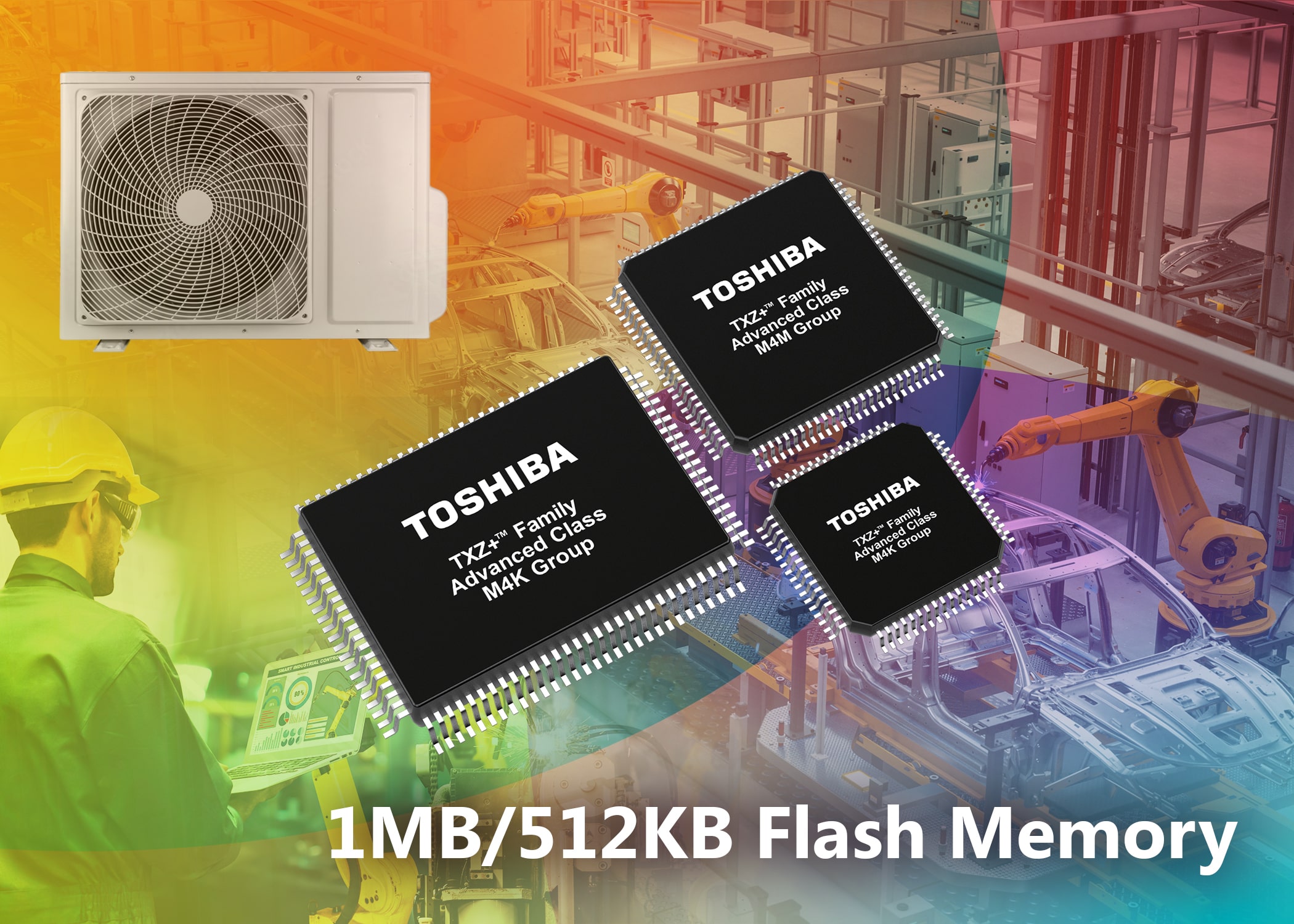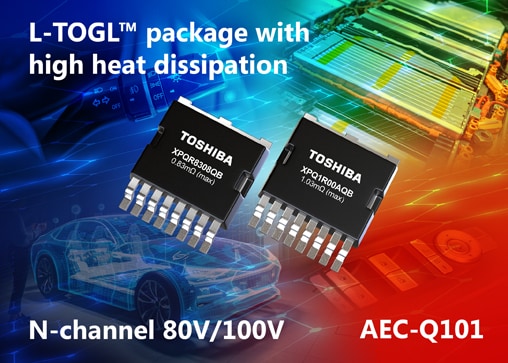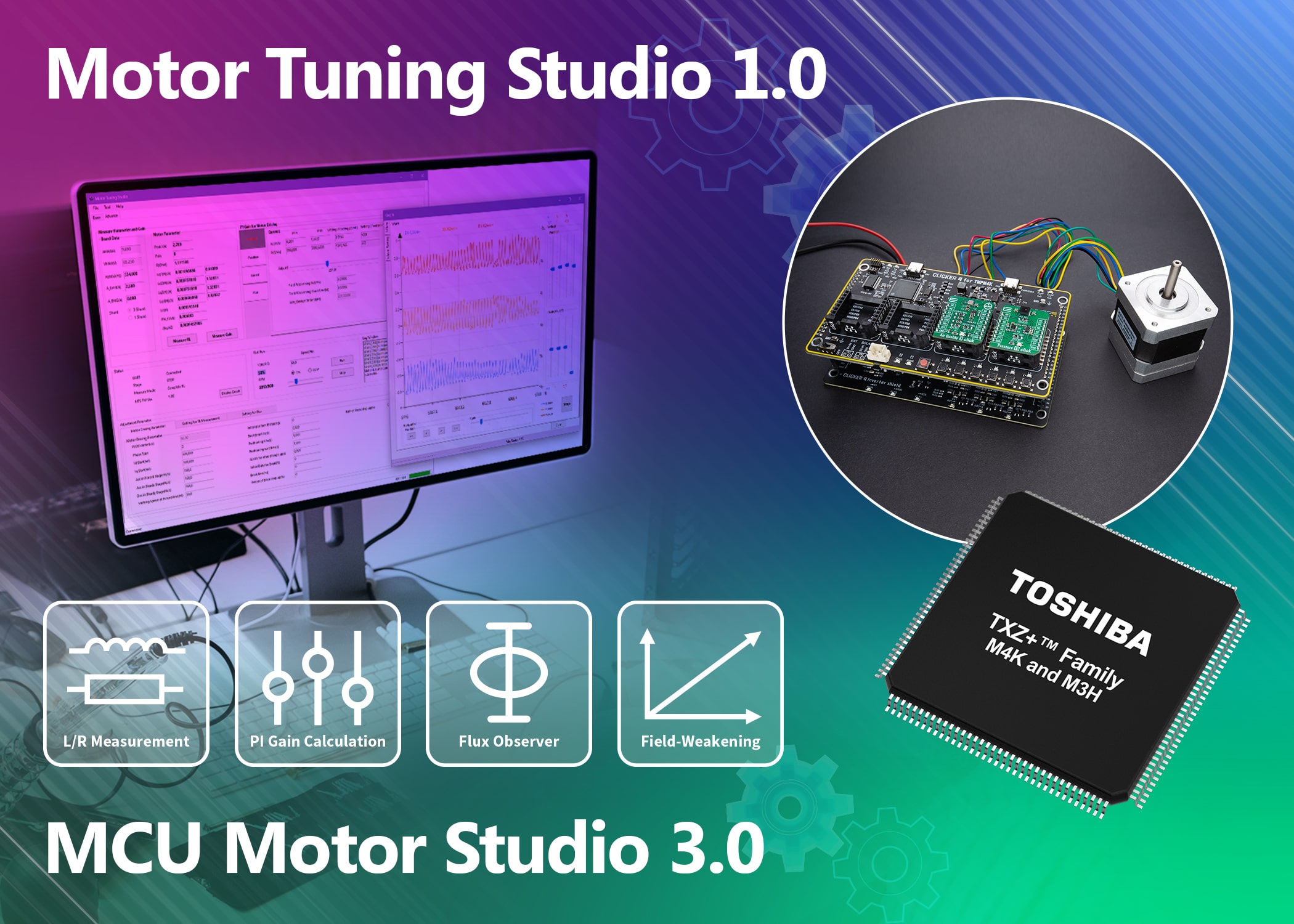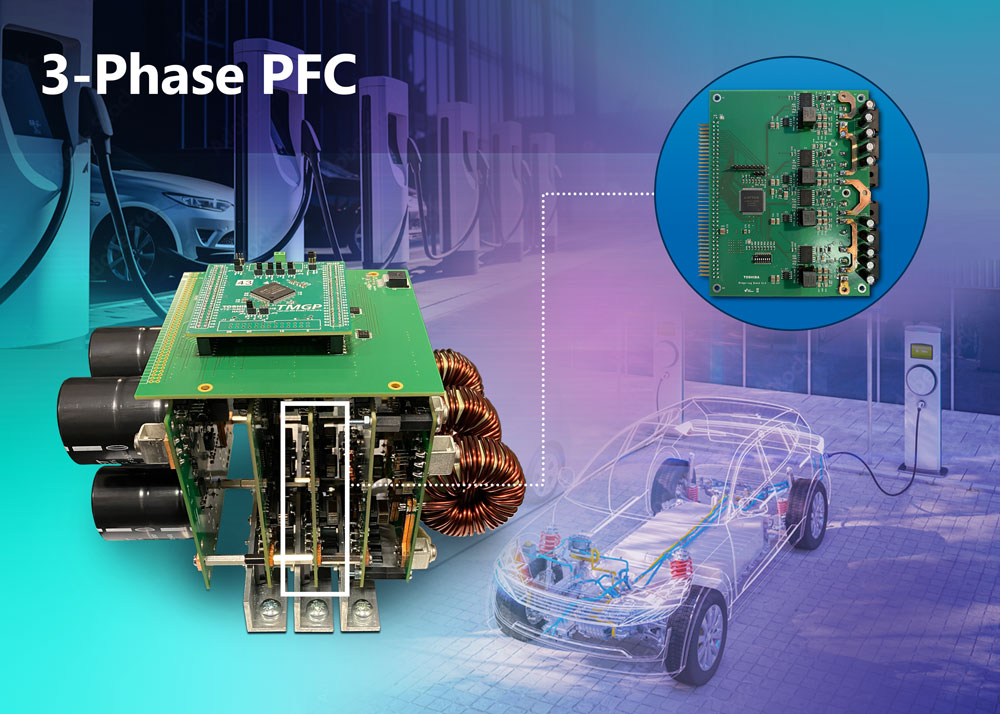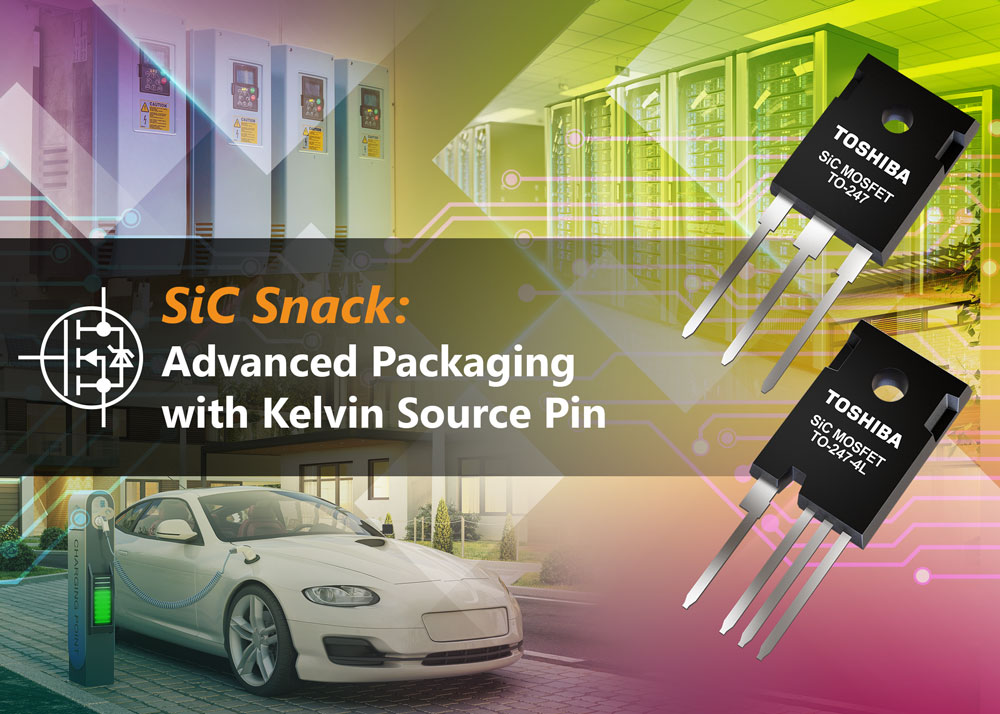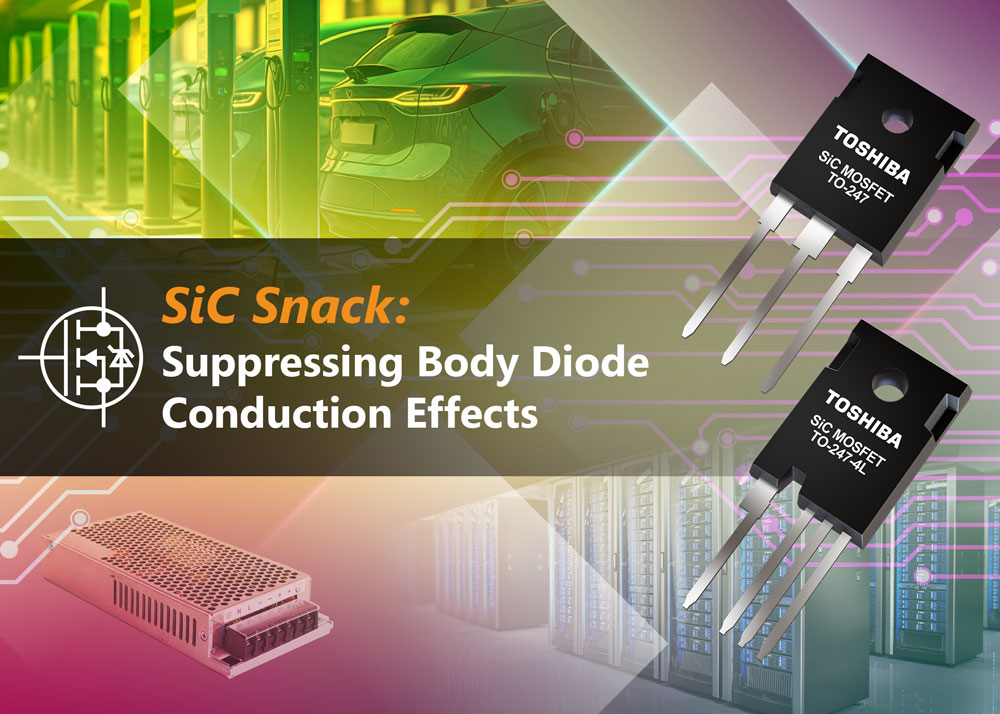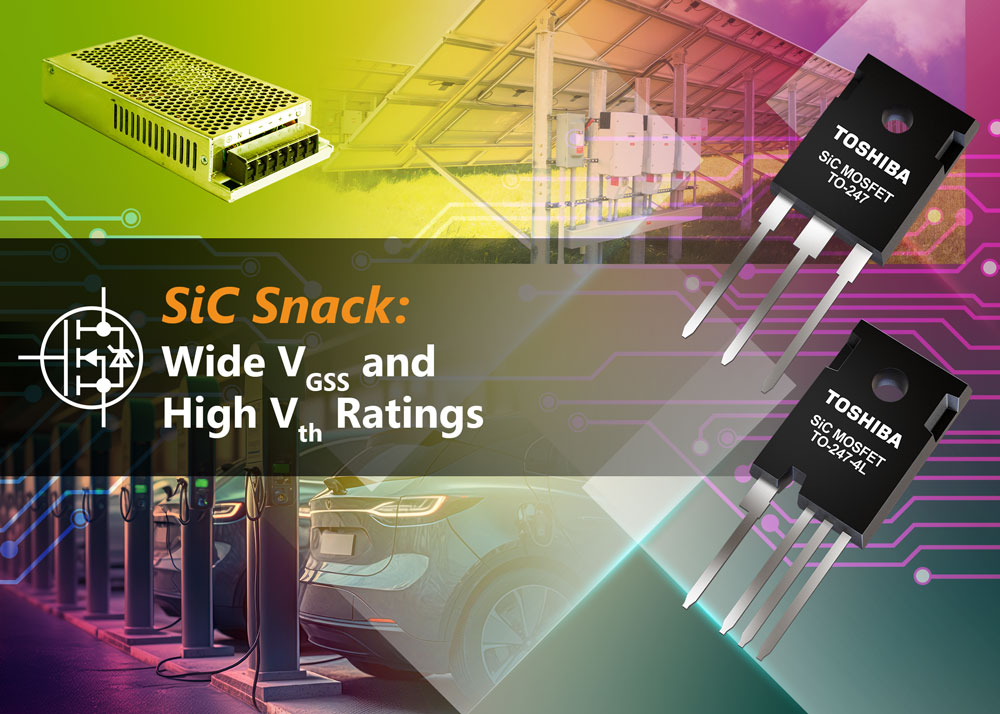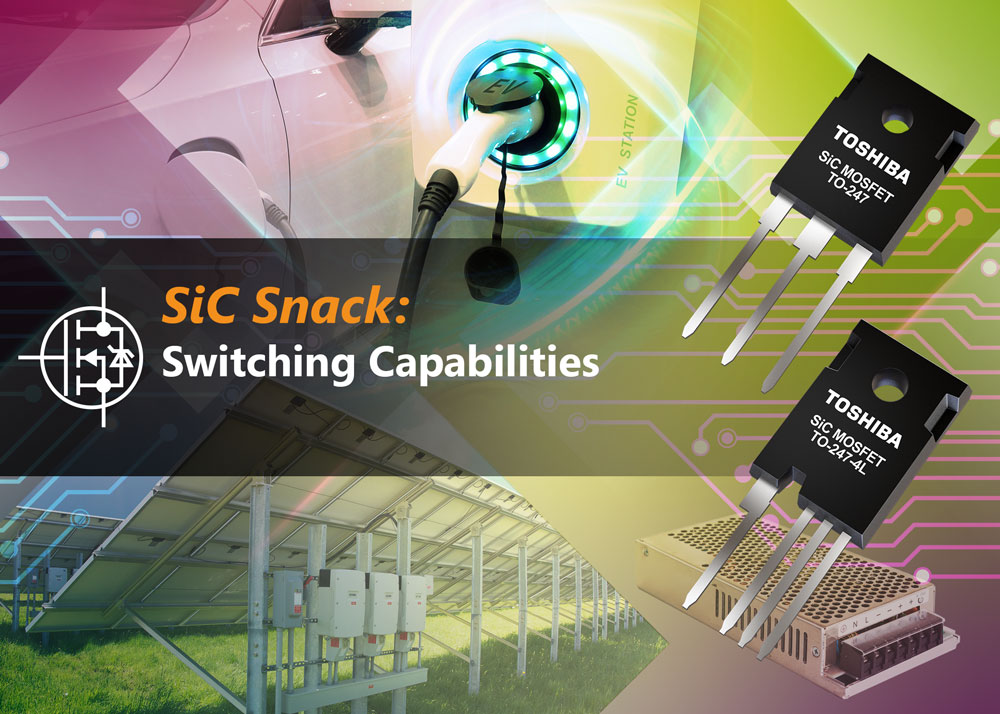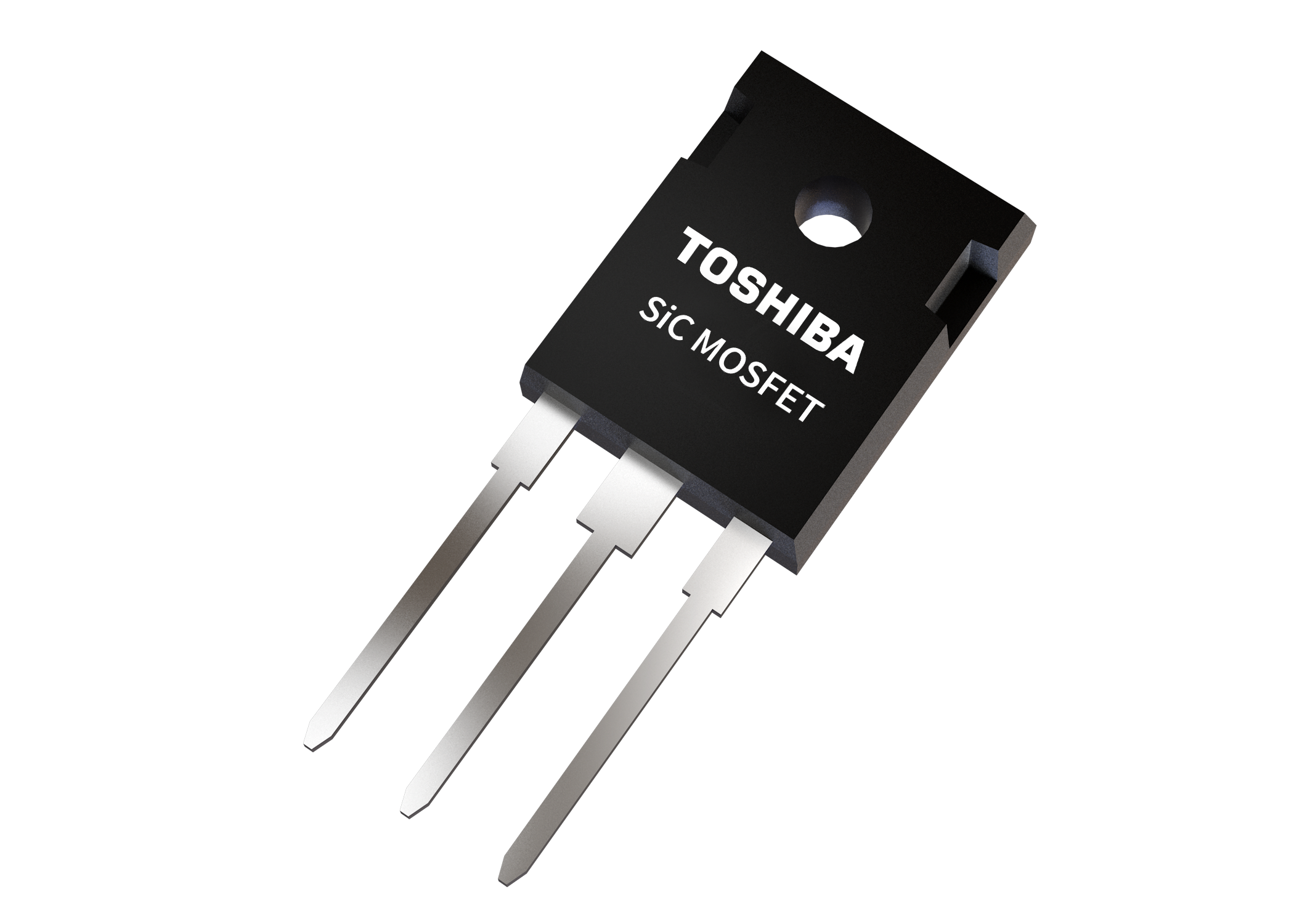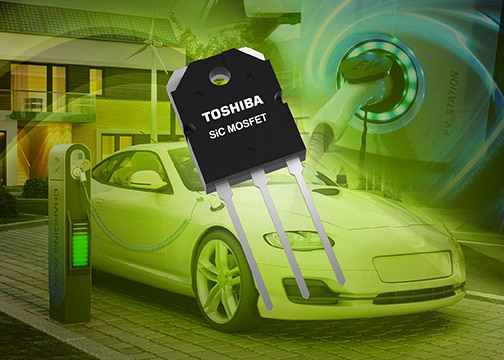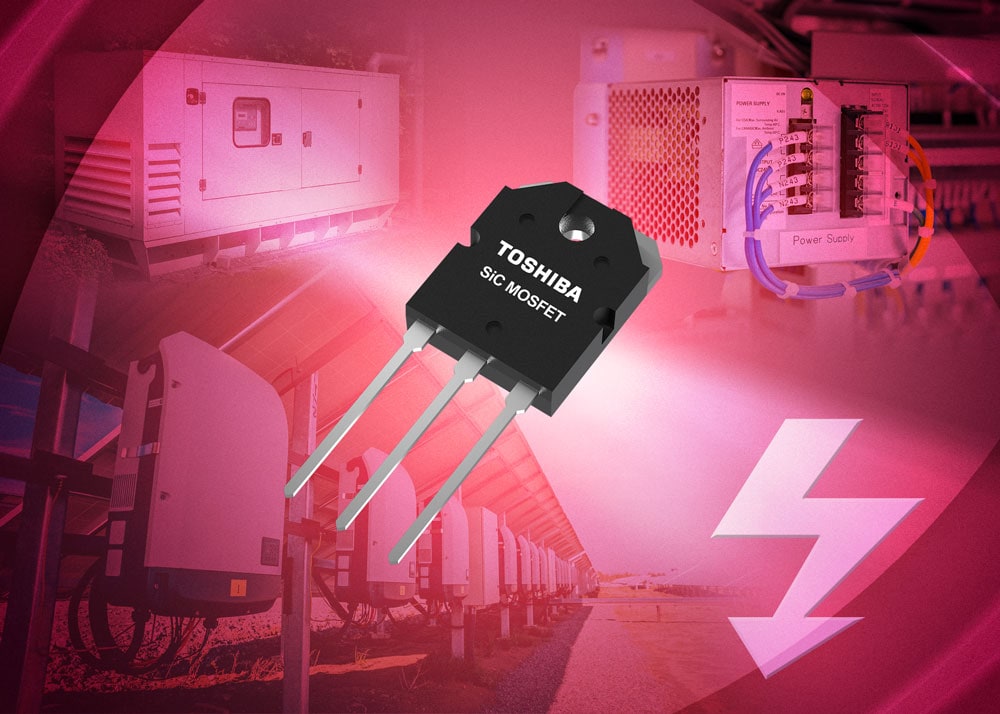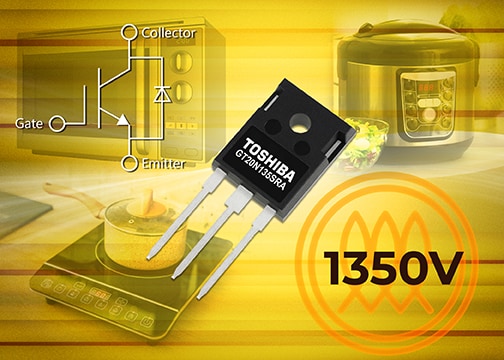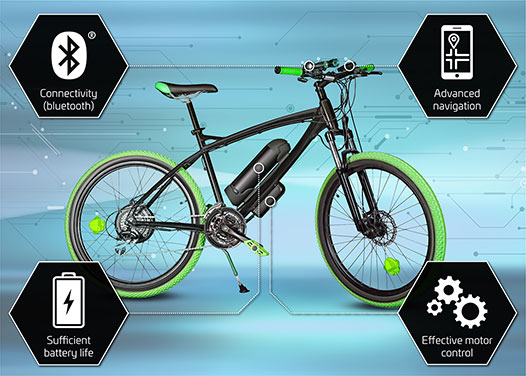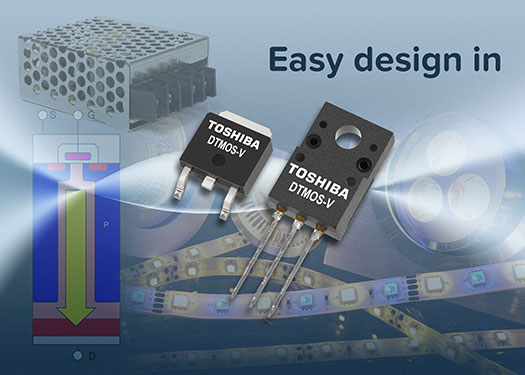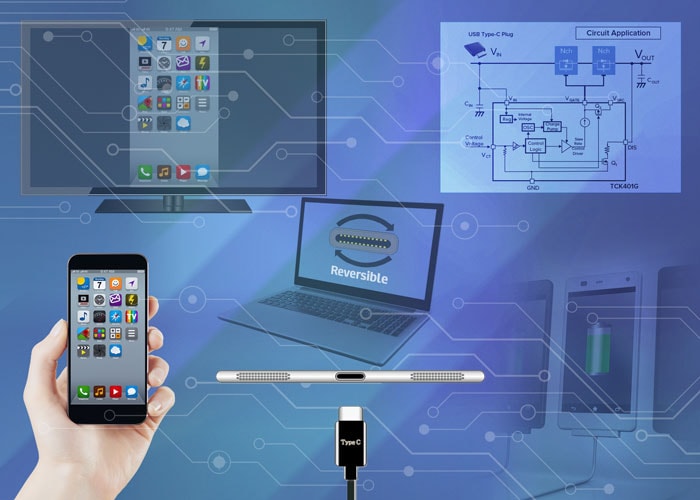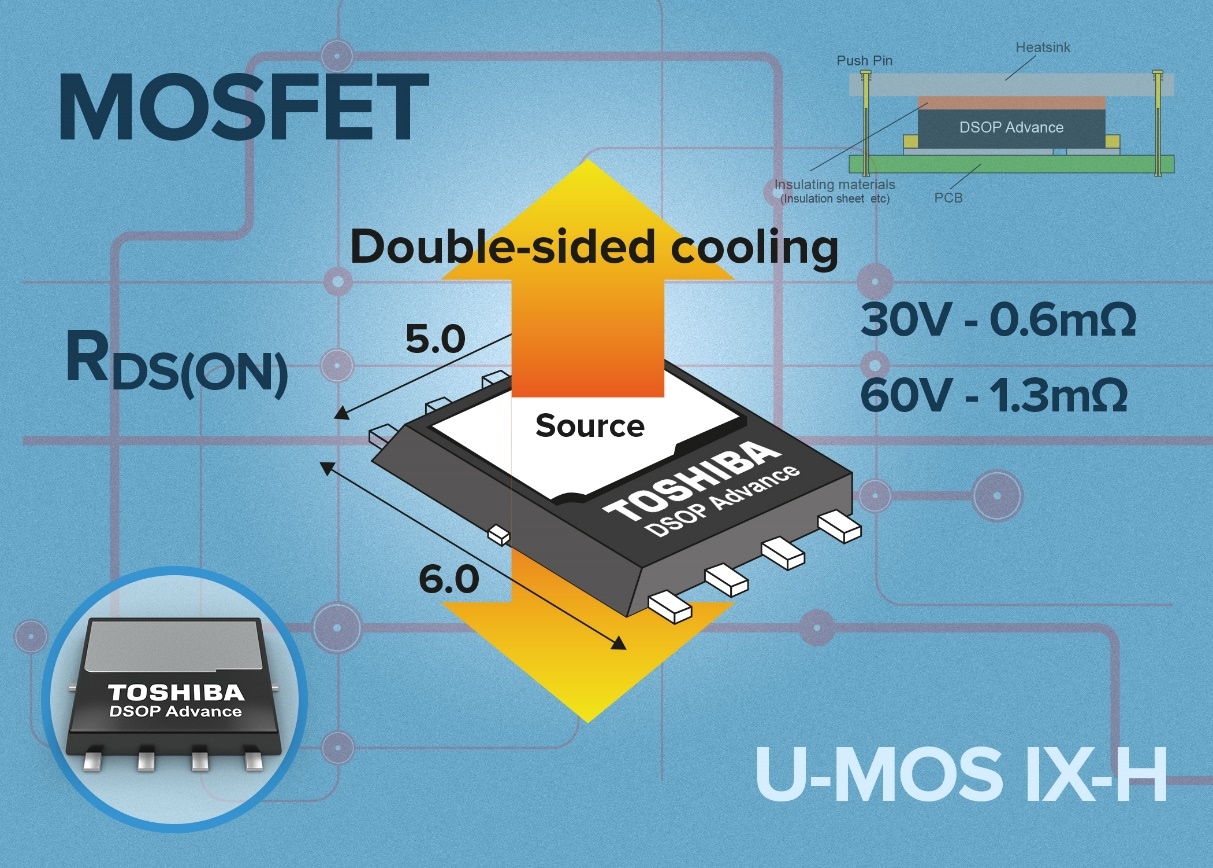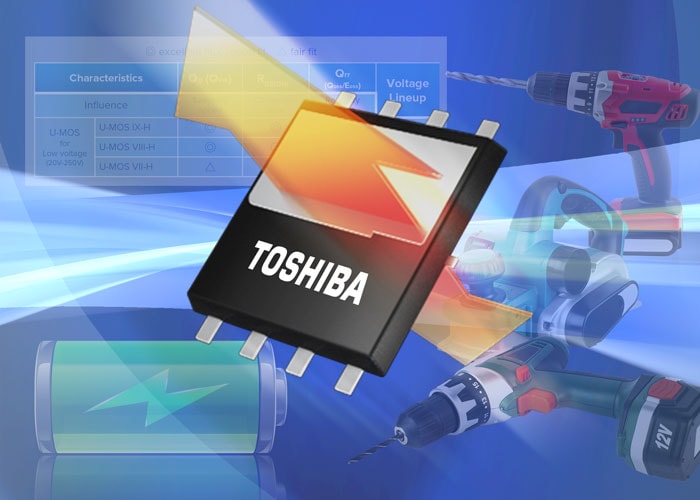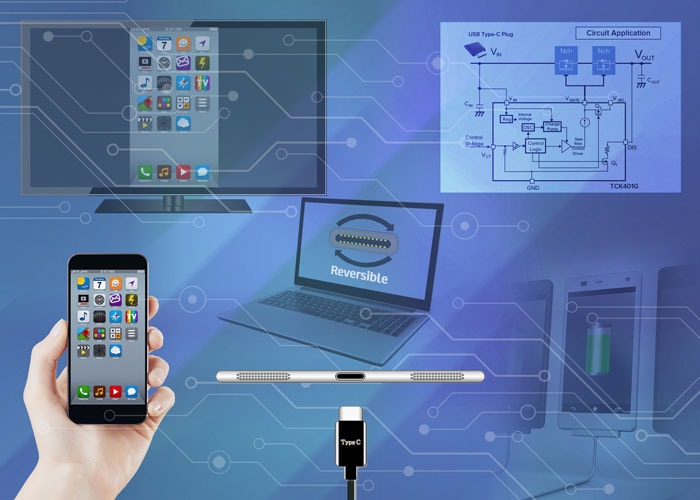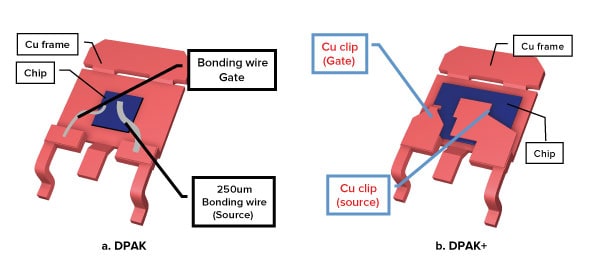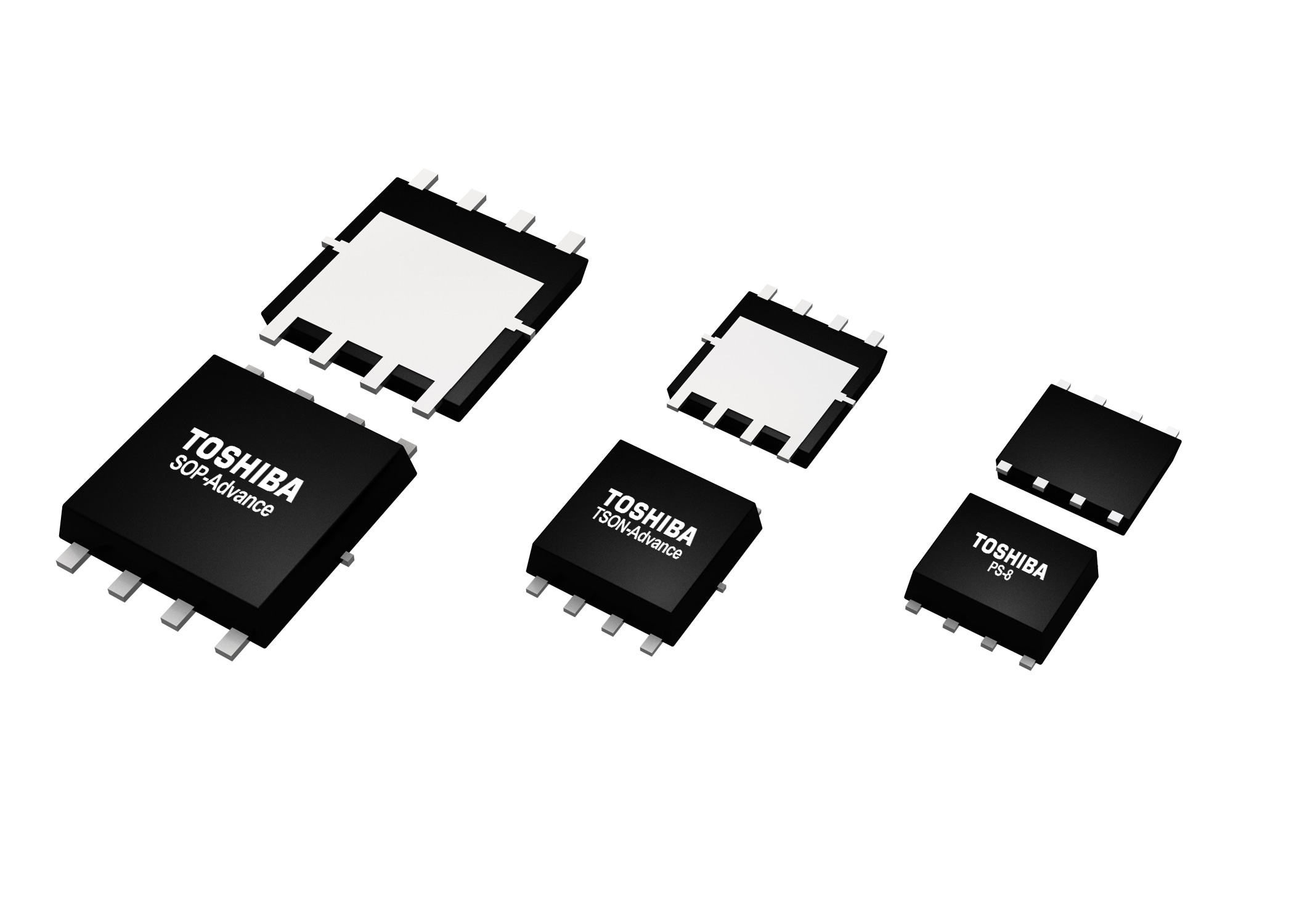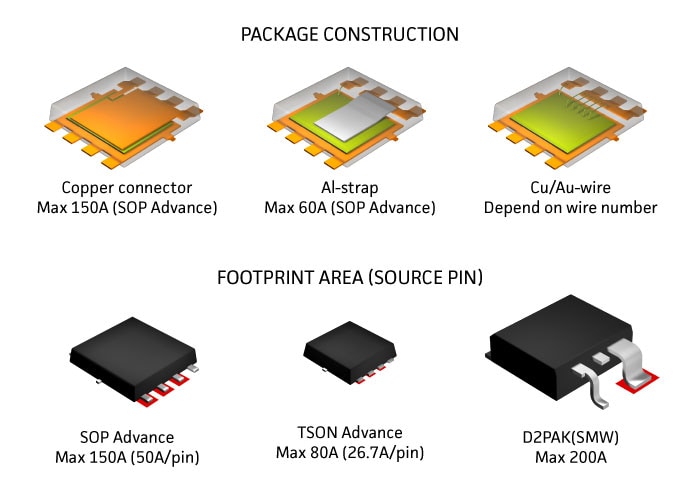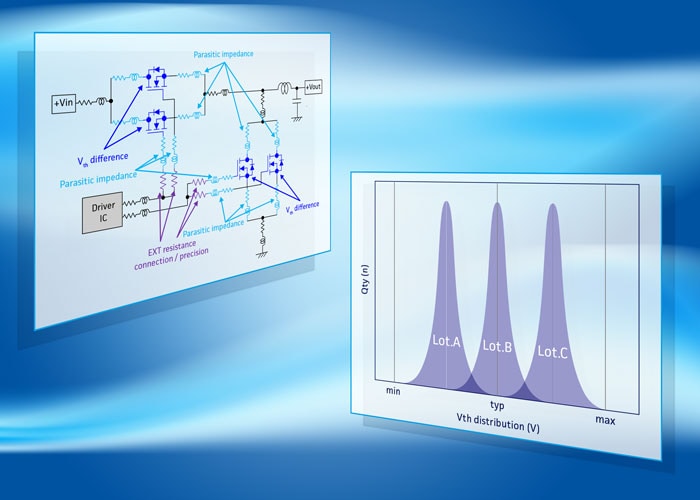- General Top View
-
SEMICONDUCTOR View
-
Applications
Body Electronics
xEV
In-Vehicle Infotainment
Advanced Driver-Assistance Systems (ADAS)
Chassis
Infrastructure
BEMS/HEMS
Factory Automation
Commercial Equipment
IoT Equipment
Healthcare
Wearable Device
Mobile
Computer Peripherals
-
Products
Products
-
Design & Development
Design & Development
Innovation Centre
At the Toshiba Innovation Centre we constantly strive to inspire you with our technologies and solutions. Discover how to place us at the heart of your innovations.
-
Knowledge
Knowledge
Highlighted Topics
Further Materials
Other
- Where To Buy View
-
- STORAGE View
- COMPANY View
- Part Number Search
- Cross Reference Search
- Keyword Search
- Parametric Search
- Stock Check & Purchase
This webpage doesn't work with Internet Explorer. Please use the latest version of Google Chrome, Microsoft Edge, Mozilla Firefox or Safari.
require 3 characters or more.
The information presented in this cross reference is based on TOSHIBA's selection criteria and should be treated as a suggestion only. Please carefully review the latest versions of all relevant information on the TOSHIBA products, including without limitation data sheets and validate all operating parameters of the TOSHIBA products to ensure that the suggested TOSHIBA products are truly compatible with your design and application.
Please note that this cross reference is based on TOSHIBA's estimate of compatibility with other manufacturers' products, based on other manufacturers' published data, at the time the data was collected.
TOSHIBA is not responsible for any incorrect or incomplete information. Information is subject to change at any time without notice.
require 3 characters or more.
Efficient, Targeted Heating with Induction-Based Cooking
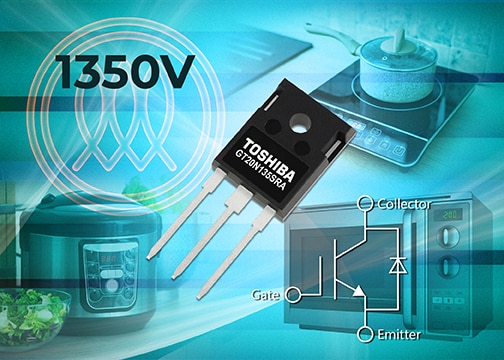
For those who have tried it, induction cooking provides an experience similar to that of cooking on gas, but without the dangers cooking with gas poses. However, induction heating requires a significantly more complex control circuit than alternative electrical heating approaches, such as ceramic hobs that can simply use a thermostat. As well as being used for hob-based cooking, induction heating is integrated into rice cookers, hot plates, and even milk frothers.
Induction heating works in a similar way to a transformer. A coil is energized but, rather than generating current flow in another coil, it causes current to flow in a cooking vessel. The Eddy currents generated result in Joule heating due to the resistance of the material used, typically something magnetic such as iron or magnetic stainless steel. Single-ended parallel resonance (SEPR) circuits are a common approach, using an IGBT switch with integrated forward diode for control.
Toshiba has continuously developed its IGBT process technology to optimize them for the demands of induction heating applications. The latest device, the GT20N135SRA offers improvements in the collector saturation current limiting the short-circuit current during start-up conditions. Its turn-off operation has also been optimized to reduce radiated emissions, resulting in lower emissions that provid around 10 dB more margin at 30 MHz during EMC testing.
To learn more about the use cases for the GT20N135SRA in induction heating applications, take a look at our latest white paper here:
